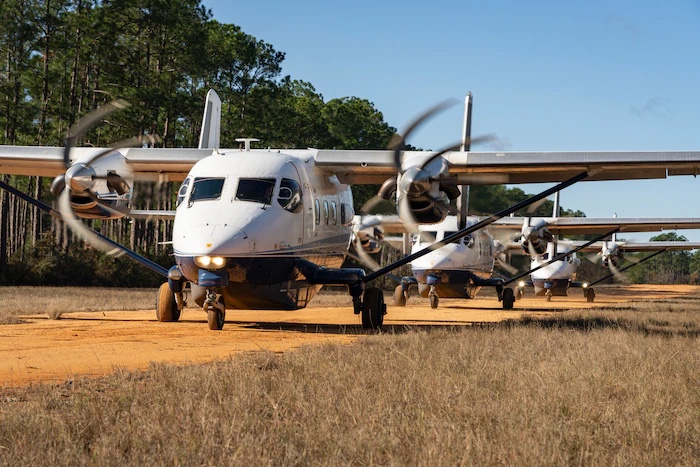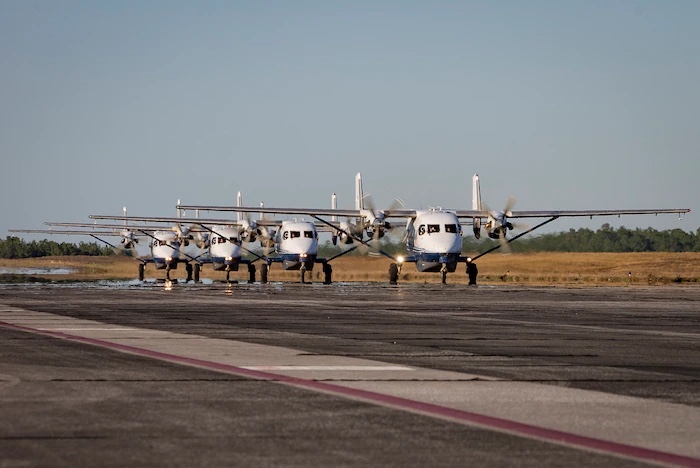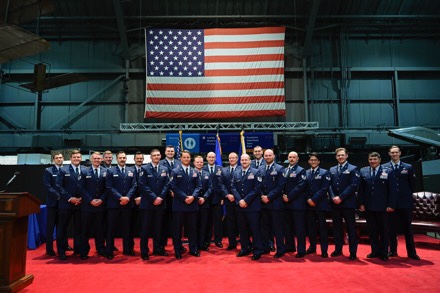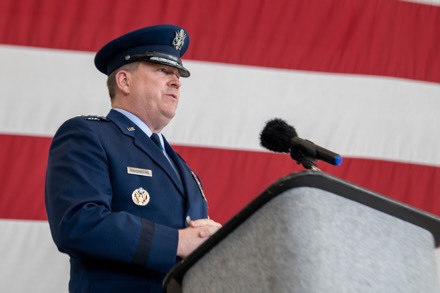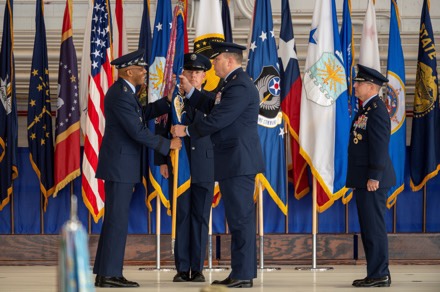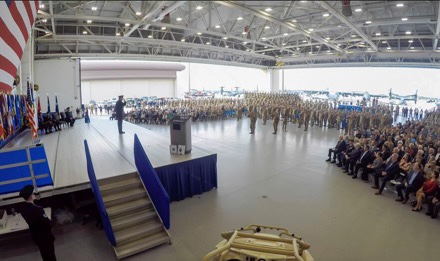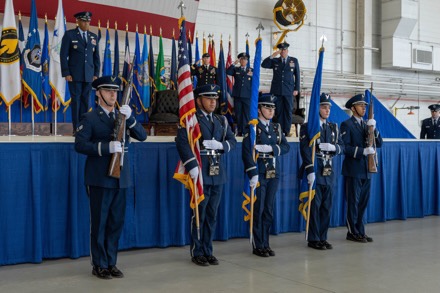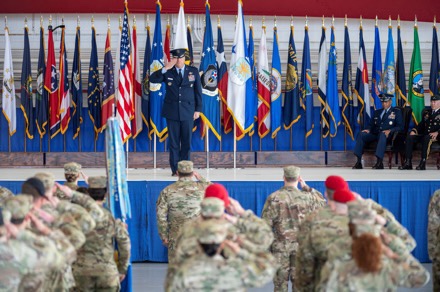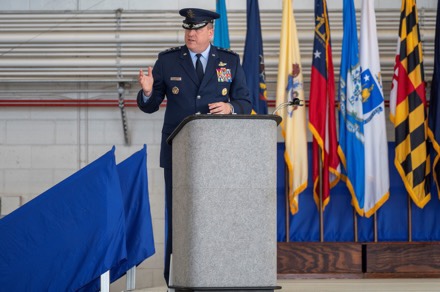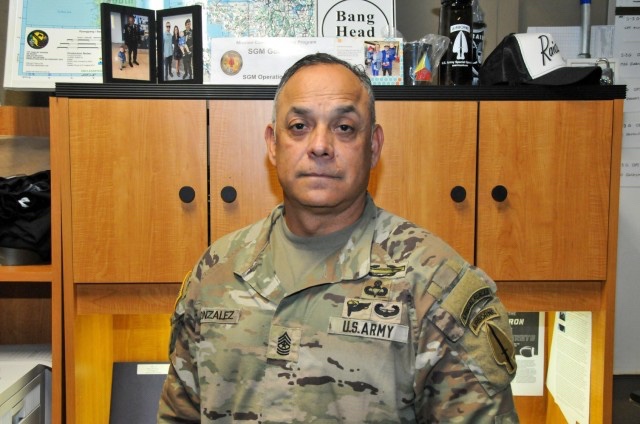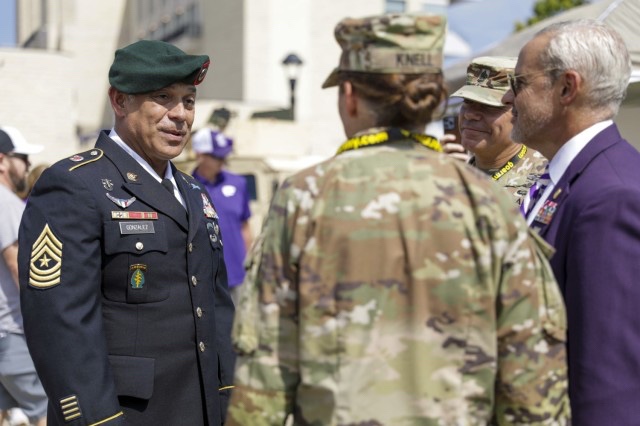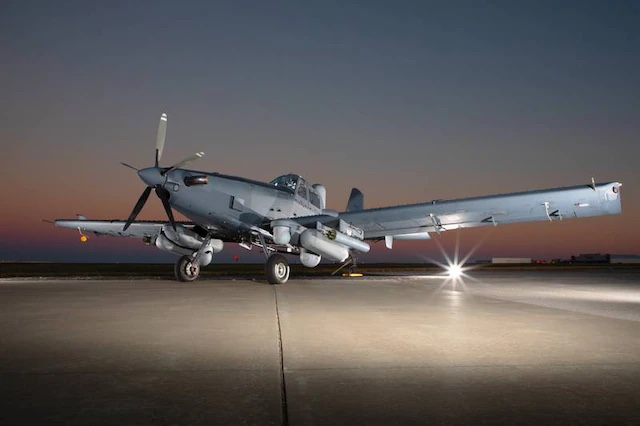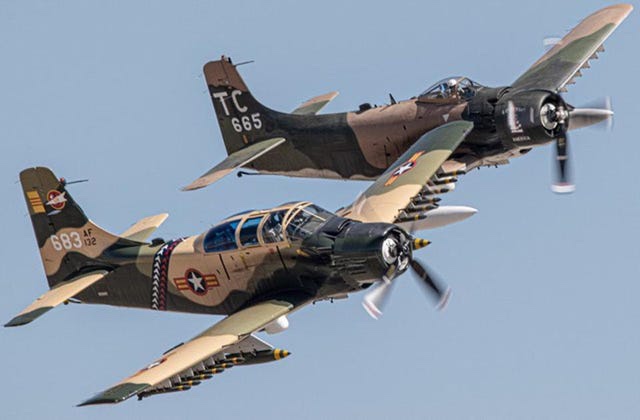The West Virginia National Guard’s Ridge Runner Irregular Warfare program hosted an initial exercise planning conference Dec. 5-7, 2022, at Camp Dawson with participants from nine organizations representing U.S. Army special operations forces, psychological operations, civil affairs, U.S. Marine Corps Advisor Company A, and the Polish Territorial Defense Forces.
Ridge Runner is a West Virginia Army National Guard training program that provides various National Guard, active duty, and North Atlantic Treaty Organization (NATO) allied nation’s armed forces training and experience in irregular and asymmetrical warfare tactics and operations.
In June 2023, Ridge Runner will be hosting its first validation exercise for 5th Battalion, 19th Special Forces Group. The goal of the exercise will be to provide U.S. Special Operations Command with the premier Irregular Warfare Training Center capable of simulating the most complex special warfare multi-domain environments to exercise and validate special operations forces and to support joint force commanders worldwide.
Partner nation forces from across Europe will participate and train alongside the 5-19th SFG during the exercise, which will be held throughout West Virginia.
“This is my first experience with Ridge Runner and the same for our company,” stated U.S. Army Master Sgt. Cody (name withheld for privacy purposes). “Our battalion commander has outlined key tasks that he wants us to accomplish, especially in the irregular warfare realm and getting that foundation for operating with partner nations that we will see downrange is key. We don’t get a lot of opportunities to train with our partners stateside unless we are participating in a collective training. This is my first time dealing with a non-Combat Training Center exercise that has a lot of resources and it’s great to see the relationships being built at this level that will grow into a product that will be beneficial to what we need [during deployment]. It’s truly invaluable to us.”
During the planning conference, attendees refined scenarios, scope, logistics, timelines and training lanes to meet key objectives for the 5-19th SFG and partner nations who will be participating in the exercise.
According to West Virginia National Guard Sergeant Major Jason Smith, deputy director of the Ridge Runner program, West Virginia is the perfect location for training exercises of this type.
“West Virginia is an almost mirror image to the overall terrain and climate throughout Eastern Europe,” he stated. “Hosting the Ridge Runner program here makes perfect sense, allowing U.S. troops the opportunity to operate together with our allies and share in their expertise in as close an environment as possible to our real-world missions. Providing this type of experience prior to deployments will be invaluable moving forward, allowing our operators to validate their training and giving them the very best opportunities to be successful while in theatre.”
Along with various U.S. military participation, members of the Polish Territorial Defense Forces (POL TDF), or Wojska Obrony Terytorialnej (WOT), traveled to West Virginia to participate in the planning with the purpose of having an element of the POL TDF take part in the June 2023 exercise.
“This has been one of the best relationships the POL TDF has ever established with a partner nation,” stated 2nd Lt. Marek Zaluski, executive officer for the POL TDF. “We did not know coming here in 2019 [for Ridge Runner] and building this relationship how real life would verify it. Here we are 10 months into the invasion of our neighbor (Ukraine), and we are getting ready to prevent such things from happening within the NATO territories. We are grateful and proud to be working with the West Virginia National Guard, the 19th SFG and the entire National Guard and U.S. armed forces family on such an important endeavor.”
The PTDF took part in exercise Ridge Runner in 2019 alongside the Latvian Zemmessardze where each nation’s Soldiers learned irregular and unconventional warfare tactics from West Virginia’s 2nd Battalion, 19th SFG (Airborne).
Partner nation participation in the Ridge Runner program is coordinated through the National Guard Bureau’s State Partnership Program, which links states and territories with partner countries around the world to foster mutual interests, establish long-term relations, enhance U.S. national security interests, and promote political stability.
Additional planning conferences will be held in the coming months to finalize all aspects of the exercise prior to April 2023.
Story by Maj Holli Nelson, West Virginia National Guard


